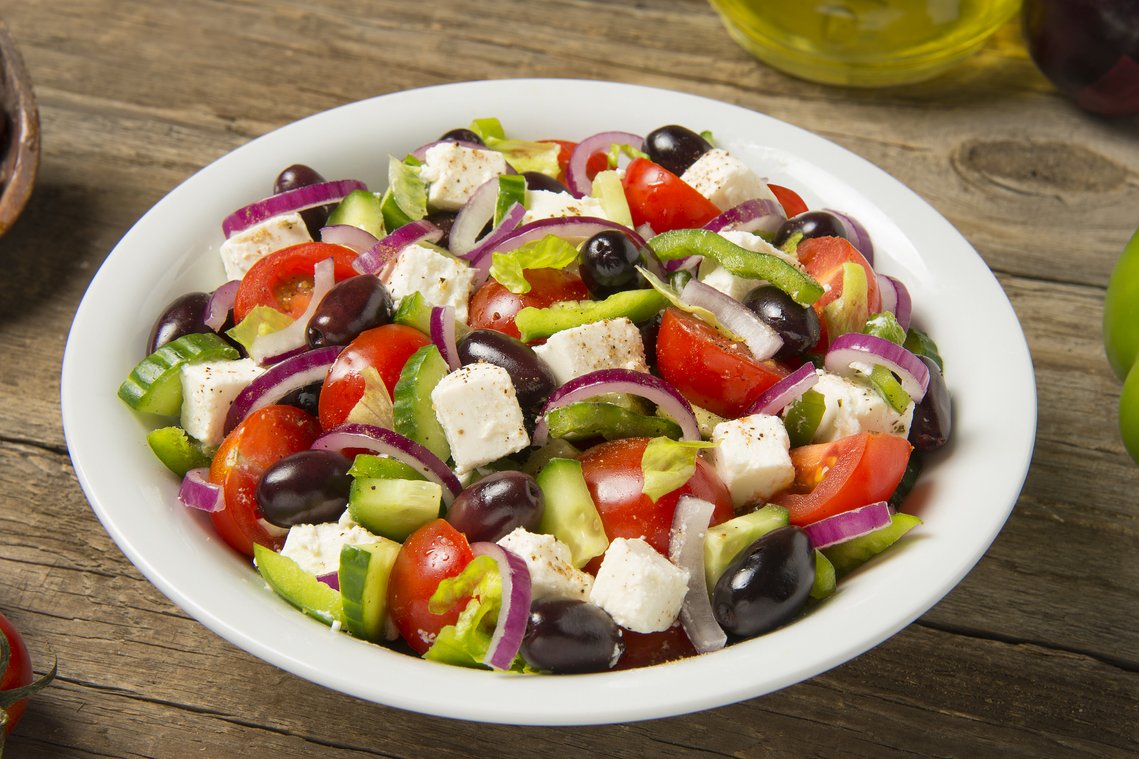
Traditional Greek Cucumber Salad
The joy of not being a huge cucumber-lover is that I can try out new varietals every year to see which ones I might like more than others. As someone who hasn’t always been the biggest fan of cucumbers, I find it exciting to explore the diverse range of flavors, textures, and culinary applications that different cucumber varieties have to offer.
Over the years, I’ve spent a significant portion of my cucumber-growing days turning them into pickles because I absolutely adore the tangy, crunchy bite of a well-made pickle. There’s something incredibly satisfying about transforming fresh cucumbers into a delightful, preserved treat that I can enjoy year-round. I’ve experimented with various pickling methods, from classic dill pickles to sweet bread and butter chips, and I’m always eager to try new recipes and techniques.
However, as much as I love pickles, I’ve always been curious about the other potential uses for cucumbers and which varieties might be best suited for each purpose. I’ve wondered if certain types of cucumbers are better for slicing and adding to salads, while others might be ideal for juicing or even roasting and frying.
This curiosity has led me to expand my cucumber horizons and venture beyond my pickling comfort zone. I’ve started to research and grow different cucumber varieties, each with its own unique characteristics and flavors. Some, like the English cucumber, have a mild, sweet taste and minimal seeds, making them perfect for refreshing salads. Others, like the Armenian cucumber, have a high water content and slightly sweet flavor, which I’ve discovered makes them fantastic for juicing.
I’ve also been intrigued by the idea of using cucumbers in cooked dishes, such as roasting or frying them. Varieties like the Lebanese cucumber, with its firm texture and low water content, have proven to be excellent candidates for these cooking methods, as they hold up well and don’t turn mushy.
As I continue to explore the world of cucumbers, I find myself increasingly appreciating the diversity and versatility of this humble vegetable. By stepping out of my pickling comfort zone and experimenting, I’m discovering new ways to enjoy cucumbers and incorporating them into a wider range of dishes. Here are some varietals I’ve discovered that pair well with some of the methods I listed above:
Best Cucumbers for Slicing/Snacking:
- English Cucumber: Known for its long, slim shape and minimal seeds, English cucumbers have a mild, sweet flavor and thin skin, making them perfect for salads.
- Persian Cucumber: These small, crunchy cucumbers are nearly seedless and have a delicate flavor, ideal for slicing and adding to salads or using as a garnish.
- Lemon Cucumber: With their round, yellow appearance and crisp texture, lemon cucumbers add a unique twist to salads and have a slightly citrusy flavor.
Here are some recipes for cucumber snacks:
Best Cucumbers for Pickling:
- Kirby Cucumber: The classic pickling cucumber, Kirbys are short, bumpy, and have a crisp texture that holds up well during the pickling process.
- Muncher Cucumber: These cucumbers are perfect for making sweet, crunchy pickles when they’re young because they’re seedless, but just as good for slicing when more mature!
- National Pickling Cucumber: Known for its consistent size and shape, the National Pickling variety is a reliable choice for making high-quality pickles.
Here is our favorite pickle recipe:
Best Cucumbers for Juicing:
- Armenian Cucumber: Technically a melon, Armenian cucumbers have a mild, slightly sweet flavor and high water content, making them ideal for juicing.
- English Cucumber: In addition to being great for salads, English cucumbers are also an excellent choice for juicing due to their high water content and low seed count.
- Japanese Cucumber: With their slender shape, thin skin, and few seeds, Japanese cucumbers are perfect for making refreshing, light-flavored cucumber juice.
Here are some drinkable cucumber recipes:
Best Cucumbers for Roasting or Frying:
- Lebanese Cucumber: The firm texture and low water content of Lebanese cucumbers make them ideal for roasting or frying without becoming mushy.
- Sikkim Cucumber: These unique cucumbers, native to the Himalayas, have a dense texture and mild flavor, holding up well when roasted or fried.
- Painted Serpent Cucumber: With their striking, striped appearance and firm flesh, Painted Serpent cucumbers are a visually appealing and tasty choice for roasting or frying.
Here’s our favorite fried pickles recipe:
When growing cucumbers in your home garden, consider factors such as available space, climate, and personal preferences. For those with limited garden space, compact varieties like Persian or Kirby cucumbers may be the best choice. These smaller cucumbers can be grown in containers or trained to climb vertically on trellises, making the most of your garden area.
If you live in a warmer climate, heat-tolerant varieties like Armenian or Painted Serpent cucumbers may be the most suitable option. These cucumbers are well-adapted to high temperatures and are less likely to become bitter or develop tough skin in hot weather.
Whether you’re an experienced gardener or a novice looking to grow your own cucumbers, understanding the unique characteristics and culinary uses of different cucumber varieties can help you make informed decisions when planning your garden. By selecting the best cucumbers for your specific needs and growing conditions, you’ll be well on your way to enjoying a bountiful harvest of delicious, refreshing cucumbers all season long.
And if you’d like to know more about growing your own cucumbers, including some of our favorite varietals, check out our Cucumber Gardening Guide!
What’s your favorite cucumber varietal to grow? I’m always looking for new ones!


 Previous
Previous

